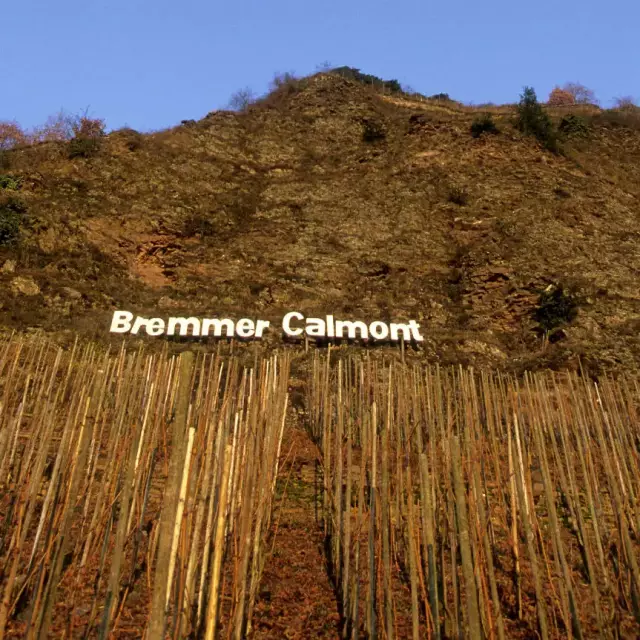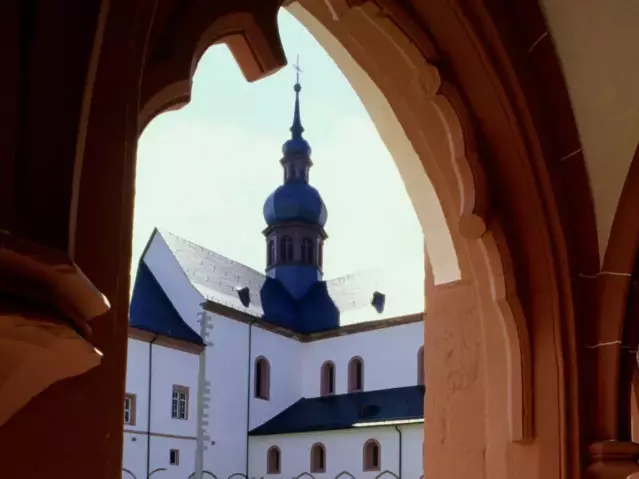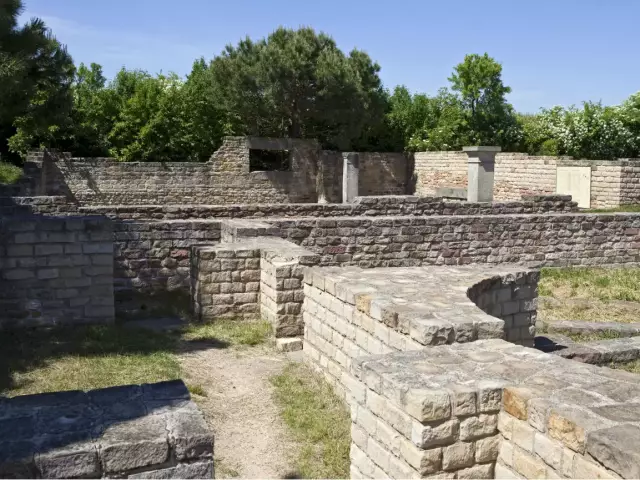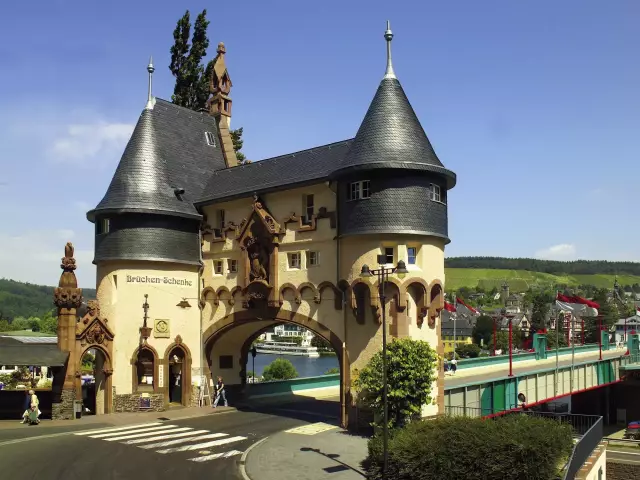The Bremmer Calmont Vineyard

With a gradient of up to 60%, the Calmont is the steepest sloped vineyard in all of Europe and counted among the steepest classified single sites found anywhere in the world. The sun shines almost horizontally here to the ground.
There's no steeper slope even along the Mosel: With a gradient of up to 60%, the Calmont is the steepest sloped vineyard in all Europe. The hill with a height of 290 metres, rising between Bremm and Ediger-Eller, was born 400 million years ago in the earth age of Devon and consists of slate rocks and weathered graywacke stones.
The steep slope causes an ideal angle of sun radiation thereby providing an optimal temperature for the growth of Riesling. Walls made of slate rocks, built horizontally across the slope, save the soft soil of clay slate from sliding down the slope – they also give the steepest vineyard of all of Europe its distinctive character. Johann Wolfgang von Goethe, the famous German poet, once described the renowned vineyard as "a natural amphitheatre, where on small, protruding edges the grapevine flourishes at its best."
Like many sites along the Mosel, viticulture has a centuries old tradition of cultivation on the Calmont. The oldest record that we know of is to be found in the epic poem „De navigo suo“, written around 588 by Venantius Fortunatus, then bishop of Poitiers. Venantius accompanied the Merowingian king Childebert II on a journey by ship from Metz to Andernach in the Rhine valley. Already in those Medieval times, travelling by ship on the Mosel was popular, and also the abundance of grapevines between the rocks of the steep slope caught the eye of the traveller: "Up there, where steeply jointed rocks give birth to the most precious sweetness of the grapes", romanticized Venantius, continuing: "where leaved vineyards rise upwards towards naked mountaintops", there "yields a harvest of the many colored grapes to the wine maker, hanging inside the precipice, harvesting the fruit." So steep the slopes and so bare the slate rocks that "rock itself giveth birth and wine gushes from it."
Indeed, the jagged and steep rock slopes mean hard work to the wine makers even today, where it takes up to 1800 hours of manual work per hectare. The grapes are harvested into baskets or buckets that are then carried down to the harvesting trolleys below. Since the 1990s, a monorack train has eased some of the pain of this hard work. These railways snaking up the rocky cliffs are a piece of wine culture in themselves that are well worth seeing. Nevertheless, the work remains strenuous up in the steep slopes, and because of that, only 13 of the 22 hectares of vineyard space are still stocked with grapevines.
The name "Calmont", by the way, is said to come from the Latin words "calidus", meaning 'warm', and "mons", meaning 'mountain', or from the Celtic word "kal" which means 'hard'. Visitors can climb along this rugged steep slope on a spectacular path that leads through the vineyard offering breathtaking views of the circular loop of the Mosel River, the ruins of Stuben Monastery on its peninsula and the radical terraces of the Calmont Ridge. Reward your efforts with a glass of the precious Riesling that comes from these sun-blessed slopes.




